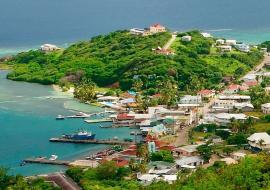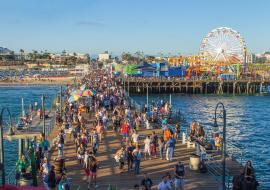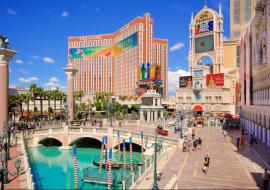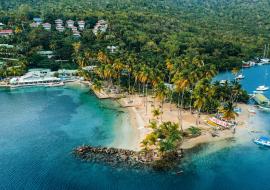Hydra: Tourists Are Welcome but Cars Are Banned
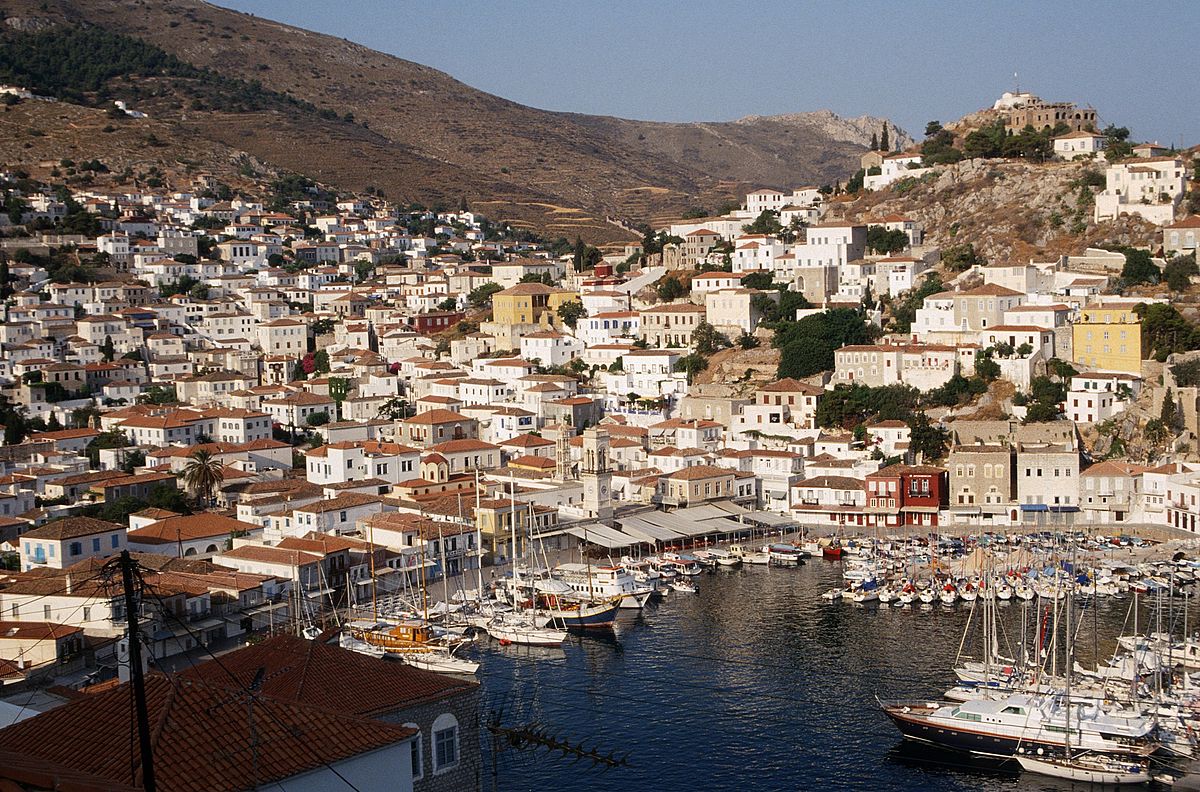
By Jorge Coromina
Tucked away in the Saronic Gulf of Greece, the island of Hydra stands as a testament to a bygone era, a place where time seems to have stood still. This picturesque island, known for its stunning natural beauty, rich history, and unique way of life, is truly a haven of tranquility. What sets Hydra apart from many other Greek islands is its bold decision to ban cars, preserving the island's peaceful ambiance and natural beauty.
The Island of Hydra
Hydra, sometimes spelled "Ydra," is a small Greek island with a land area of approximately 50 square kilometers (19 square miles). It is part of the Saronic Islands group, situated just off the southeastern coast of the Peloponnese peninsula. Despite its diminutive size, Hydra boasts a rich and storied past that dates back centuries.
The island's history is closely tied to its strategic location and maritime traditions. During the 18th and 19th centuries, Hydra was a thriving center for shipbuilding, trade, and commerce. The island's merchant fleet was one of the largest in the Mediterranean, and its sailors were renowned for their expertise and daring. This period of prosperity left an indelible mark on the island's architecture, with well-preserved neoclassical buildings adorning its main town, also called Hydra.
A Car-Free Oasis
What truly sets Hydra apart from other Greek islands is its commitment to preserving its tranquil atmosphere by banning motor vehicles. On Hydra, there are no cars, no scooters, and no motorbikes. Instead, the island relies on more traditional forms of transportation: donkeys and water taxis.
The ban on cars was implemented in the 1960s as a way to protect the island's environment and maintain its historic charm. The decision was not without controversy, but it has undoubtedly contributed to Hydra's unique character. As a result, the island is a peaceful haven where the only sounds you hear are the gentle clip-clop of donkeys' hooves and the lapping of waves against the shore.
Exploring Hydra
Hydra's car-free status lends itself perfectly to leisurely exploration on foot. Visitors can stroll along the narrow, winding streets of Hydra town, admiring the architecture and stopping in at charming cafes, boutiques, and art galleries. The town is a living museum, with its stone mansions, cobblestone streets, and picturesque harbor.
For those who wish to venture further afield, there are numerous walking trails that lead to secluded beaches, hilltop viewpoints, and remote monasteries. The island's hilly terrain provides ample opportunities for hiking and enjoying breathtaking vistas of the surrounding Aegean Sea.
Another popular way to get around Hydra is by hiring a donkey. These hardworking animals are an integral part of the island's culture and history. Donkey rides are not only a convenient mode of transportation but also a unique and memorable experience for visitors.
To-dos on Hydra
Despite its peaceful ambiance, Hydra offers a range of activities to keep visitors entertained. Swimming and sunbathing are popular pastimes, with several beautiful beaches to choose from, such as Vlychos, Bisti, and Agios Nikolaos. Water sports like snorkeling, diving, and sea kayaking are also available for the more adventurous traveler.
Hydra is known for its vibrant arts scene, and the island has long been a haven for artists, writers, and musicians. You can explore art galleries and attend cultural events throughout the year. The Historical Archives Museum of Hydra provides a deeper understanding of the island's history and maritime heritage.
Dining on Hydra is a treat for the senses, with fresh seafood and Mediterranean cuisine served in waterfront tavernas. The absence of cars means that you can enjoy a leisurely meal without the constant hum of engines in the background.









